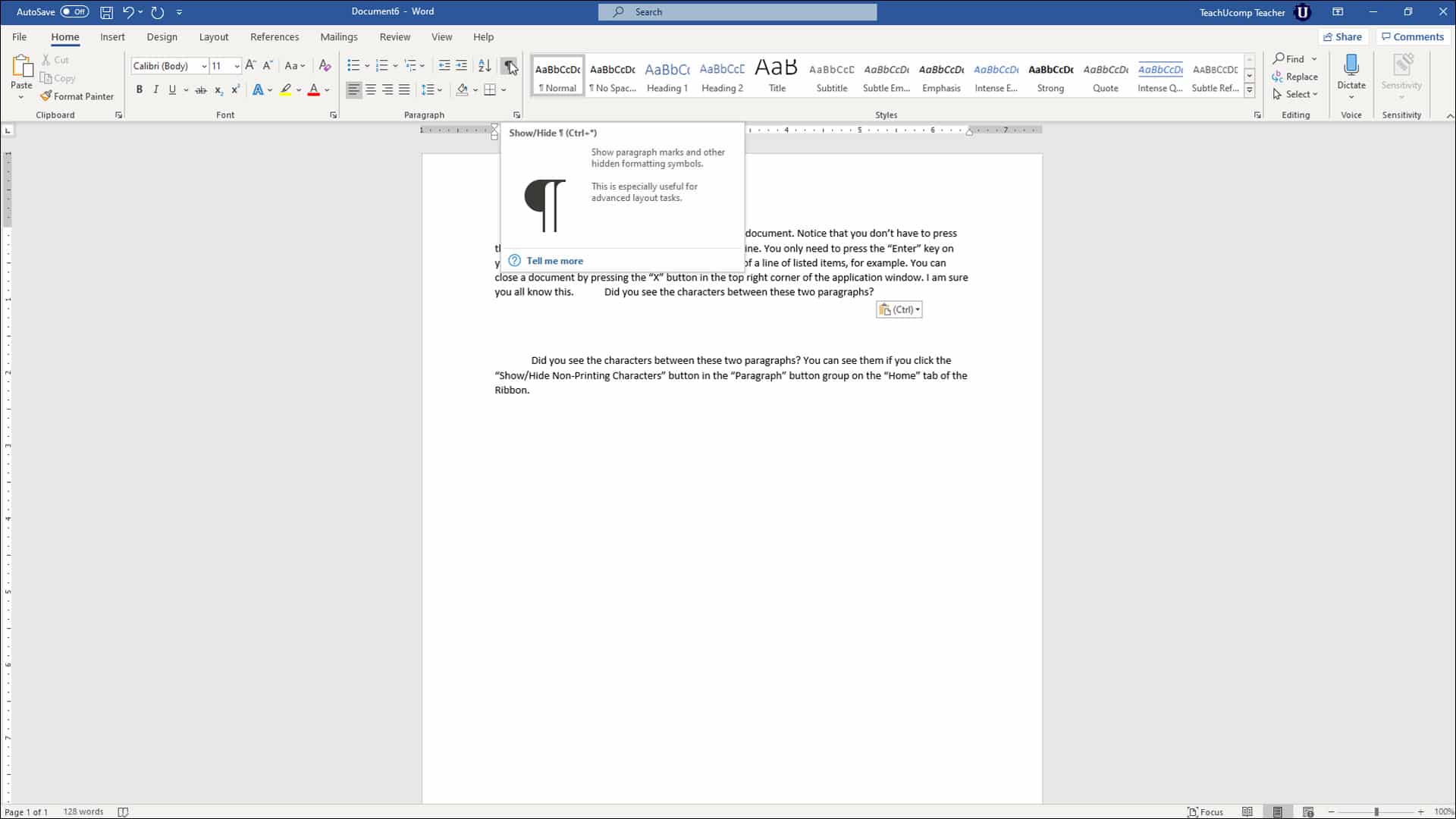

#Microsoft word symbols when printing in quotes series#
Now, what happens when the UTF-8 series of numbers is interpreted as if it were ISO-8859-1?Ġ圎28099 breaks down as 0圎2 (â), 0x80 (€) and 0x99 (™). I don’t expect you to care about the actual numbers there, but simply notice how dramatically different they are. Let’s take the right single quote (for reasons I’ll explain below): )Įach, of course has a different encoding.

(Those might look similar, different, or not appear at all depending on the fonts and character sets available on your computer. In reality the characters we often refer to as apostrophes could be: When you see funny characters it’s because data encoded using UTF-8 is likely being interpreted as ISO-8859-1.įirst, let’s be clear as mud: there are apostrophes, and apostrophes. Messages remain smaller, but should one of those “other” characters be needed it can be incorporated by using its “longer” representation.Īll that is a lot of back story to the problem. In UTF-8 the entire Unicode character set is broken down by an algorithm into byte sequences that are either 1, 2, 3 or 4 bytes long. The reason is simple: the vast majority of characters in common usage in Western languages fall into the 1 byte range. Possible, and in some cases even the right solution, but when you consider that the majority of communications, particularly in the western world, focus on the basic roman alphabet and a few numbers and punctuation, it starts to seem wasteful.Įnter “UTF-8”, for “8 bit Unicode Transformation Format”. “A” is still 65, but if we look at it in hexadecimal the single byte Ascii “A” is 41, while the two-byte Unicode “A” is 0041.Īt this point, it should be clear that switching from Ascii to Unicode would immediately double the size of every email, every document, and everything else that stored text. The problem, of course, is that there are way more than 256 possible characters. While we might spend most of our time with common characters like A-Z, a-z, 0-9 and a handful of punctuation, in reality the there are thousands of other possible characters – particularly if you think globally.Īt the other end of the spectrum is the “Unicode” encoding, which uses two (or more) bytes, giving many more possible different characters. The most common true 8-bit encoding used on the internet today is “ISO-8859-1”.) (Technically ASCII actually only usesħ bits of that byte, or values from 0-127. The “ASCII” character set or encoding uses a single byte – values from 0 to 255 – to represent up to 256 different characters. You may be able to paste the WP symbols into the "Find what" box in the Replace dialog (using Ctrl+V) and then just typing ' or " in the "Replace with" box (when the replacement occurs, AutoFormat will fire to convert them to "curly quotes").The fundamental concept is that all characters are actually stored as numbers. Unfortunately, when you run into this issue, pretty much the only way forward (aside from installing the font, which doesn't really help much if you're sending the doc outside the company) is to find every instance of the wrong character and replace it with

If you change the Zoom ratio to 200% or 500%, you will probablyīe able to see that the quotes, apostrophes, and so on are different from the ones inserted in the default paragraph font. This is the font that has been used for the quotes and apostrophes in the WP documents. As Pam suggests, the difference you see depends on whether or not you have WP Typographic Symbols installed.


 0 kommentar(er)
0 kommentar(er)
